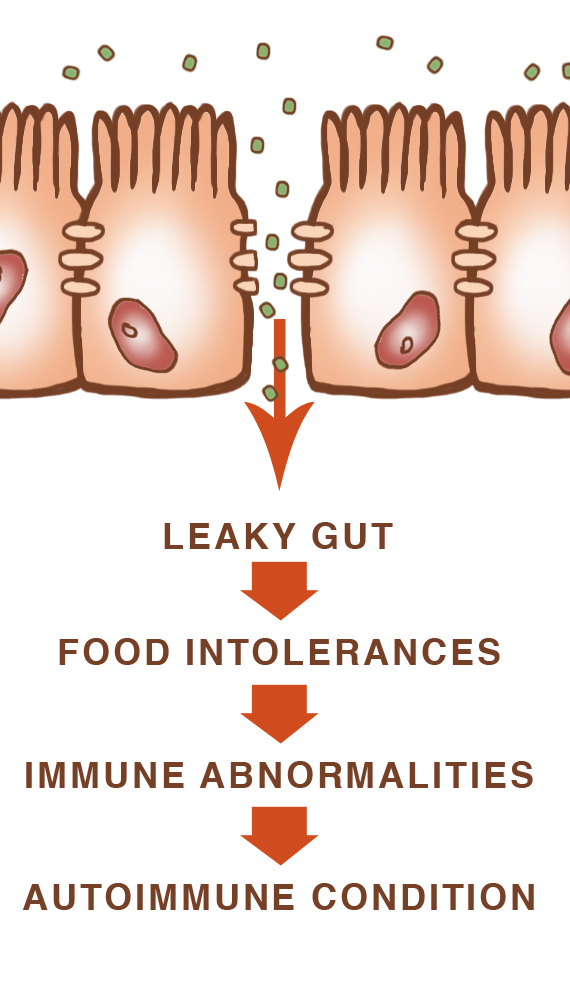Despite evidence to the contrary, it is still common practice for pediatricians to recommend feed thickeners for infants with reflux and for it to be used in the elderly. Unfortunately, this common practice has not only been repeatedly shown to be ineffective but it has also proven to worsen health.
(Much of this info will be on the topic of feed thickener for infants but is also relevant to the use of thickened feed in the elderly as well with some research specific to its use in the elderly below.)
Let's look at the evidence:
There is no evidence from randomised controlled trials to support or refute the efficacy of feed thickeners in newborn infants with GOR. Given the absence of evidence, we cannot recommend using thickening agents for management of GOR in newborn infants.1
Despite its frequent recommendation, there is little empirical evidence to support the use of thickened fluids in pediatric populations for the treatment of dysphagia or GERD...Speech-language pathologists who work in neonatal intensive care units and who work with other fragile infant populations must be aware of the risks associated with the use of thickened fluids in these populations and be prepared to provide alternative treatment options as appropriate.2
It has been shown in a crossover study using thickened and unthickened formula in random order, that thickening formulas can result in an increased number of coughing episodes 3
There have been anecdotal reports of acute bowel obstruction in neonates who have received feeds thickened with pectin and cellulose1
In 2012, the FDA had to issue a warning about a standard infant feed thickener product that was causing necrotizing enterocolitis (NEC), a condition in which tissue in the intestines becomes inflamed and dies. At least seven infants died from the use of this product.4
In addition to NEC and other problems related directly to the feed thickener, this practice also ignores the root cause of the reflux and allows it to worsen.
Reflux usually is caused by one common root cause: Gut dysbiosis, aka leaky gut.
This is where many things usually compile to leave baby without a healthy intestinal barrier and without a proper balance of beneficial flora in the gut which allows food proteins to enter the bloodstream through the openings in the gut wall. Once those food proteins enter the bloodstream, the body launches an antibody attack against those foods. Every time those food proteins enter the gut (either through direct consumption or through the presence of those food proteins in breastmilk/formula), more and more inflammation results.
Because that inflammation is pervasive in the mucus membranes of the body, other mucus membranes and organs begin to suffer, which is usually most concentrated to airways, digestive system, sinuses, etc.
This can result in not only reflux but an overloaded liver and gallbladder, chronic respiratory problems including sinus and ear infections, additional food sensitivities, environmental allergies, frequent sickness, and more.
Unfortunately, the thickening agents used in commercial feed thickener are among the food ingredients that contribute to breaking down the epithelial cells in the gut wall (rice and corn), making the problem worse. But because conventional medicine doesn't often focus on the crucial importance of gut health, the impact of thickening agents in feed thickeners on the gut is ignored, and the link to secondary health problems caused by them like those listed above is missed. And in the situations that the thickened feed temporarily minimizes symptoms, it can mislead parents and healthcare providers to believe it is beneficial to baby when it is causing further damage to the intestinal wall.
This same action is pervasive and destructive in the elderly. Furthermore, there is also no evidence to support thickened feed in the elderly:
No strong evidence is available supporting the use of thickened liquids as an intervention for patients with dysphagia. The results of this study revealed no significant differences between these strategies on the primary outcome of pneumonia. Consequently, strong evidence for the preferential use of liquid thickening as a strategy in dysphagia intervention is not currently available.5
So What Can Be Done?
As always, what can and should be done is to get to the root of the problem. Address the gut-mediated food sensitivities related to leaky gut. Heal the gut and heal the reflux, frequent upper respiratory problems (runny nose, sinus problems, etc.), propensity to frequent sickness, and other symptoms of gut-mediated food sensitivities will go away.
Discovering which foods are causing the problem and taking steps to healing the gut can be difficult, but they will go a long way in giving baby much-improved short- and long-term health.
In my professional experience and from my research, I have found that dairy sensitivity is the most common culprit, especially in infants whose mothers were given antibiotics during pregnancy/labor or if baby was given antibiotics directly.
Other common culprits besides dairy include gluten, soy, corn, and eggs.
A food elimination diet where all of these common offenders are eliminated for a period of at least six weeks would be a good first step. If baby is breastfed, these foods would need to be completely eliminated from mom's diet. Introducing each food back into the diet one at a time and watching for symptoms like reflux and the others listed above will provide good clues to the potential trigger(s).
Food allergy tests are worthless in this area unless they are IgM or IgA tests, but most doctors only do IgE testing (which does not test for gut-mediated food allergies). Read my post on why most food allergy tests are completely worthless here.
The most fabulous resource on the topic that I cannot recommend enough is the book Gut & Psychology Syndrome by Dr. Natasha Campbell McBride. This book goes in depth about the link between gut-mediated food problems, leaky gut, and health problems. It also has in-depth information about how to heal a leaky gut.
In addition to removing the offending food(s), cod liver oil, bone broth, and high-potency, allergen-free probiotics are three of the most crucial components to naturally healing the intestinal wall. For adults, a high-quality enzyme supplement would also be beneficial. (Click here for my Supplement Recommendations list.)
As always, getting to the root cause is crucial and the only way to true healing.
It can be a journey, but the right help and support can help get you there. Instead of having to turn to conventional practices that are often harmful, natural health care helps you get to the root of health problems and address them using the things God has given us in order to experience the best health possible. Click here to read more about how to get my holistic healthcare services for free.
Blessings of good health,
~Sara Jo Poff
Holistic Health Practitioner
REF:
1: https://www.nichd.nih.gov/cochrane_data/huangr_01/huangr_01.html
2: http://pediatricfeedingnews.com/wp-content/uploads/2016/03/Gosa-article-pdf.pdf
3: https://www.nichd.nih.gov/cochrane_data/huangr_01/huangr_01.html#Orenstein 1992
4: http://www.fda.gov/ForConsumers/ConsumerUpdates/ucm256250.htm


